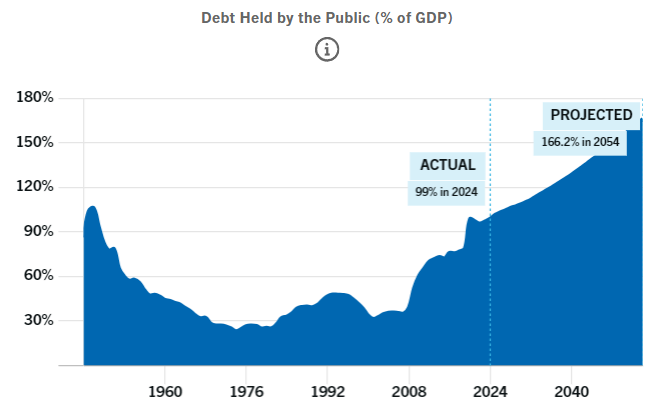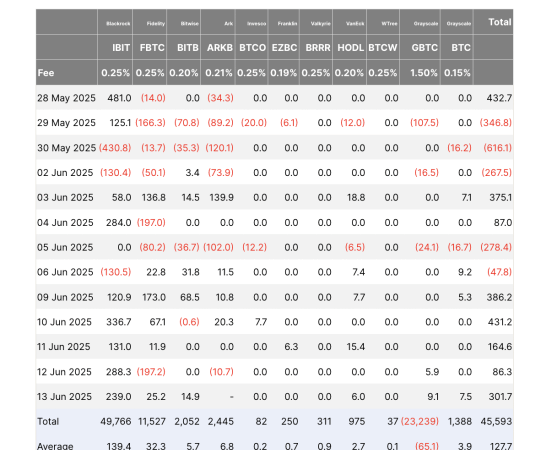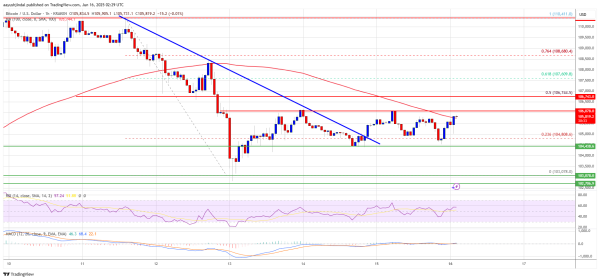R. Kiyosaki warns: America goes a trillion dollars in debt every 100 days
R. Kiyosaki warns: America goes a trillion dollars in debt every 100 days 
![]() Finance Aug 23, 2024 Share
Finance Aug 23, 2024 Share
As he continues to warn about the upcoming financial collapse that might engulf the United States and the rest of the world, Robert Kiyosaki, a popular investor and author of the best-selling personal finance book ‘Rich Dad Poor Dad,’ has highlighted another staggering fact.
Specifically, explaining why precious metals gold and silver, as well as the maiden cryptocurrency Bitcoin (BTC), are necessary investments, Kiyosaki stressed that the U.S. kept falling deeper into debt, shackling themselves with another $1 trillion every 100 days, in his X post on August 22.
HOW MUCH is a trillion? A trillion seconds was 31,688 years ago. America goes a trillion $ in debt every 100 days. Now do you know why you must buy gold, silver, and Bitcoin?
— Robert Kiyosaki (@theRealKiyosaki) August 22, 2024
Adding $1 trillion in debt every 100 days
As a reminder, Bank of America (NYSE: BAC) analysts warned in early March this year that the U.S. debt load was about to ramp up to add $1 trillion every 100 days. Upon their warning, the price of Bitcoin surged well above $60,000, bringing its market capitalization back above $1 trillion.
Picks for you
Fhenix introduces grant and bounty programs to boost L2 adoption 17 hours ago Neymar's net worth 2024: How rich is the world's most expensive football player? 18 hours ago Wall Street predicts PayPal stock price amid hitting a 52-week high 20 hours ago Alex Cooper’s net worth revealed: How rich is the Call Her Daddy podcast host? 20 hours ago
In the words of Michael Hartnett, chief strategist at BofA, “the U.S. national debt is rising by $1 trillion every 100 days,” and he added that it was “little wonder ‘debt debasement’ trades closing in on all-time highs, i.e., gold [at] $2077/oz [and] Bitcoin [at] $67,734,” in a client note.
At the same time, Hartnett and Kiyosaki are not alone in their debt warnings. Wharton Business School finance professor Joao Gomes stressed that the growing U.S. debt could lead to a financial crisis as early as 2025, arguing that it could even derail the next administration:
“If they come up with plans for large tax cuts or another big fiscal stimulus, the markets could rebel, interest rates could just spike right there and we would have a crisis in 2025. It could very well happen. I’m very confident by the end of the decade one way or another, we will be there.”
In late January, ‘The Black Swan’ author Nassim Taleb opined that the U.S. economy was in a “death spiral… as long as you have Congress keep extending the debt limit and doing deals because they’re afraid of the consequences of doing the right thing, that’s the political structure of the political system, eventually, you’re going to have a debt spiral. And a debt spiral is like a death spiral.”
How high is American debt?
Indeed, American national indebtedness has recently risen to surpass $35 trillion gross federal debt, including debt held by the public, as well as debt held by federal trust funds and other government accounts, as per data monitored by the Peter G. Peterson Foundation.
According to the nonprofit foundation established by the late Peter G. Peterson, former U.S. Secretary of Commerce in the President Richard Nixon administration and co-founder of the financial services company Blackstone Group, there are multiple reasons why America’s national debt is so high.
These include the “aging baby-boom generation, rising healthcare costs, and a tax system that does not bring in enough money to pay for what the government has promised its citizens,” with the coronavirus crisis accelerating an “already unsustainable fiscal trajectory,” the foundation explains.
 U.S. debt over time. Source: Peter G. Peterson Foundation
U.S. debt over time. Source: Peter G. Peterson Foundation
At the same time, gold is trading at an all-time high (ATH) of $2,494, the price of silver stands at nearly $30, whereas the flagship decentralized finance (DeFi) asset is currently changing hands at the price of $61,095, according to the most recent data on August 23.
Disclaimer: The content on this site should not be considered investment advice. Investing is speculative. When investing, your capital is at risk.



